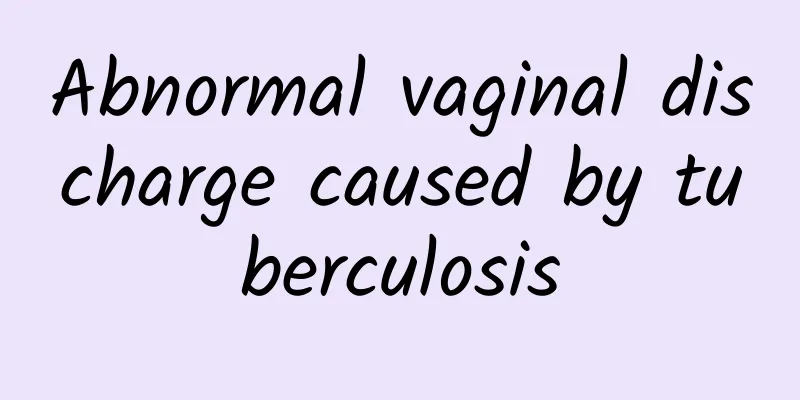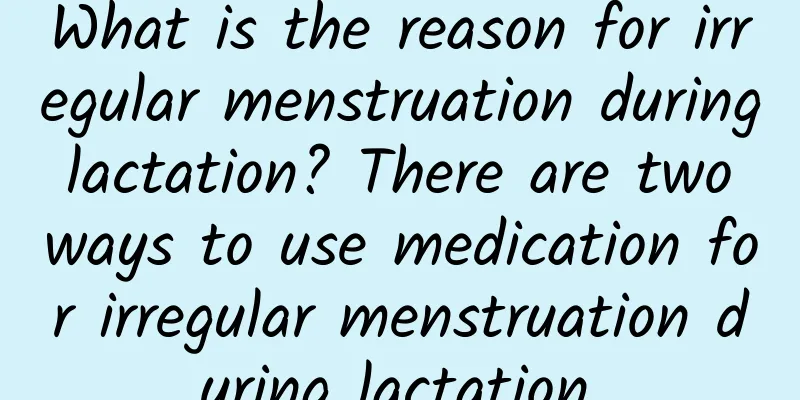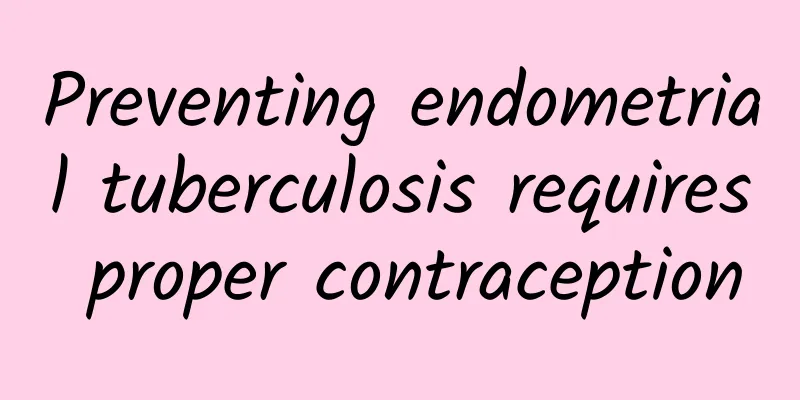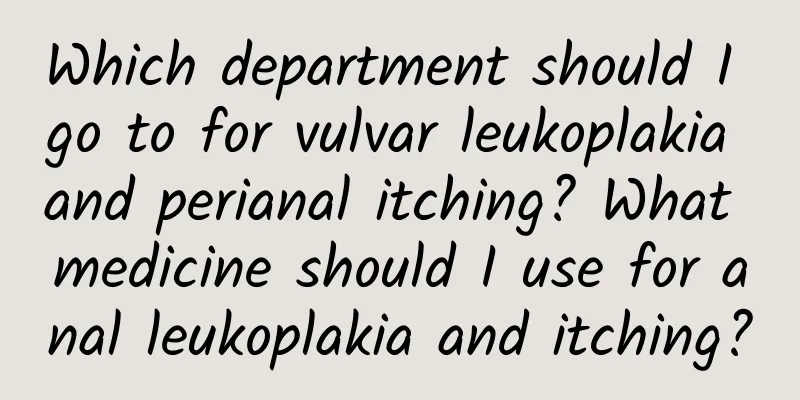Treatment of uterine fibroids Is the high-risk group for uterine fibroids around 50 years old?
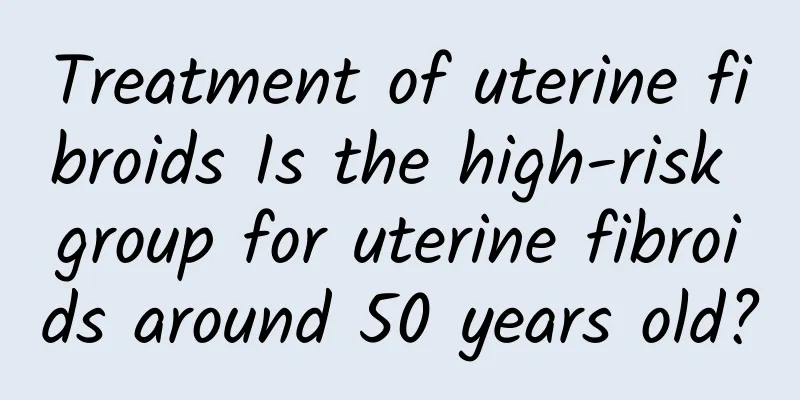
|
Uterine fibroids should be discovered in time, otherwise they will cause great harm. The most terrible thing is that they can cause female infertility. They must be discovered and treated in time. So, what is the treatment for uterine fibroids? The high incidence of uterine fibroids includes around 50 years old. Uterine fibroids are a common gynecological disease and are very harmful. It is recommended to undergo minimally invasive surgery in a timely manner. The following is an introduction to traditional surgical treatment of uterine fibroids: There are many traditional surgical methods for uterine fibroids, including total hysterectomy, subtotal hysterectomy, myomectomy, uterine artery embolization, major laparotomy, minimally invasive laparoscopy and interventional embolization. Each of these methods has its own advantages and disadvantages, and the appropriate method should be selected according to the specific situation of the patient. A. The advantage of hysterectomy is that it relieves the worry about new uterine fibroids. There are many adverse effects after losing the uterus: surgical resection itself is a harmful therapy; anesthesia accidents may occur during surgery; complications such as intestinal adhesions after surgery; pelvic relaxation; in addition, the ovaries lack blood supply from the ascending branch of the uterine artery, which is prone to premature aging and early menopause, which may affect women's sexual life and even some women's personality changes. B. The advantages of minimally invasive treatment are that the uterus can be preserved, scars are small, and trauma is minimal. Laparoscopic treatment is more likely to recur, and one-third of patients need another surgery. There is a risk of heavy bleeding and damage to surrounding organs during surgery, and side effects such as scars and intestinal adhesions after surgery. Uterine artery embolization treatment can cause complications such as fever, pain, pelvic infection, embolization of normal organs, and affect sexual function; X-ray radiation effects. The above is about the treatment of uterine fibroids. I believe that through the above introduction, we have gained some understanding. |
>>: How to treat uterine fibroids? Can uterine fibroids be treated to preserve fertility?
Recommend
Album details how to prevent adnexitis?
How to prevent adnexitis? Gynecological experts s...
Women should know in detail the precautions after abortion
Abortion is the most common solution for women wh...
Gynecologist explains the causes of hyperprolactinemia
High prolactin is a common problem for female fri...
Diagnosis of endometrial tuberculosis
Many women do not know how to tell if they have e...
How much does intrauterine adhesion surgery cost?
Experts say that the cost of treating intrauterin...
Burning fat done right? Exercising on an empty stomach and drinking coffee can help you lose weight and burn fat? 5 articles to help you solve the problem
Exercise can improve cardiopulmonary function and...
Which hospital can treat cervical warts
Cervical warts are a very common disease in life....
What are the treatments for chronic adnexitis?
Treatment of chronic adnexitis. Women with chroni...
Difficulty losing weight in the lower body? See how Zheng Duolian cracked it
By Zheng Duolian Since obesity has become a serio...
What are the hazards of intramural uterine fibroids? Can you still get pregnant if you have uterine fibroids?
Uterine fibroid surgery does not damage the endom...
What methods can be used to treat ovarian cysts?
Although ovarian cysts are not a common disease, ...
We need to promptly understand the dietary precautions for patients with pelvic inflammatory disease
Nowadays, more and more women may suffer from pel...
Is Bartholinitis Contagious?
Bartholin glands are also called Bartholin glands...
What are the dangers of thick endometrium?
What are the dangers of endometrial thickening? A...
Experts briefly introduce the common symptoms of ovarian cysts
For female friends, the ovary is a very important...
